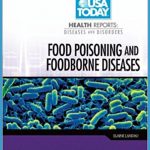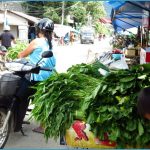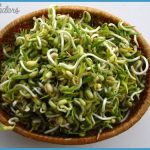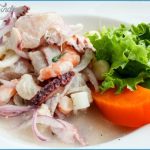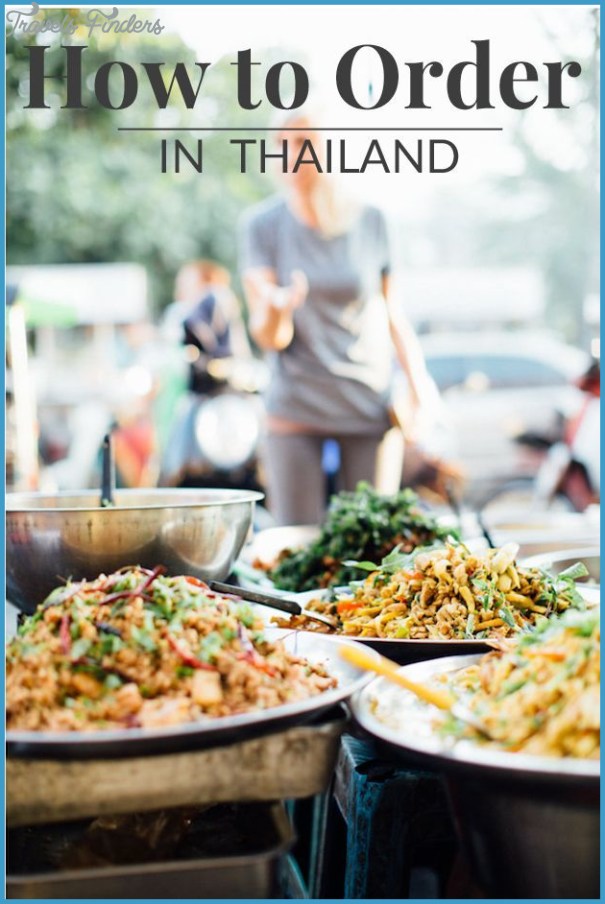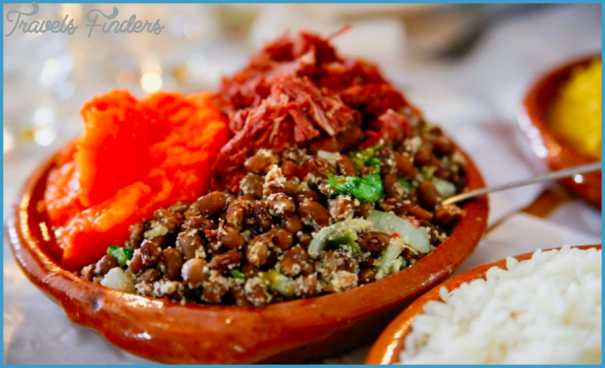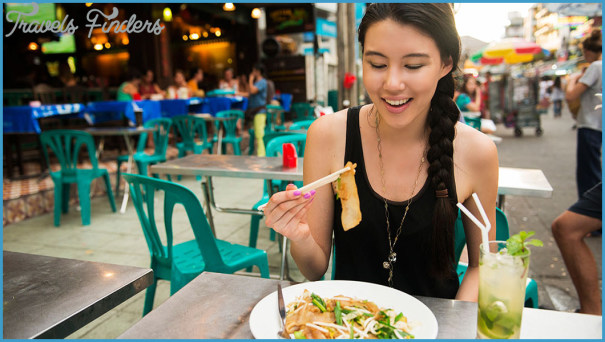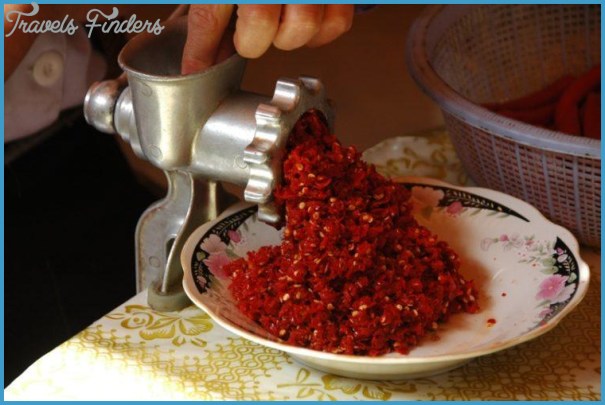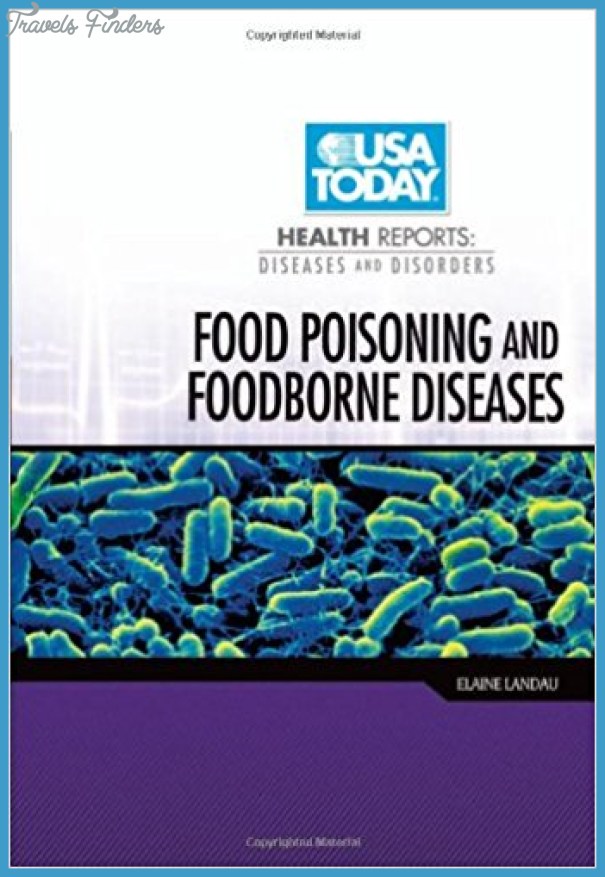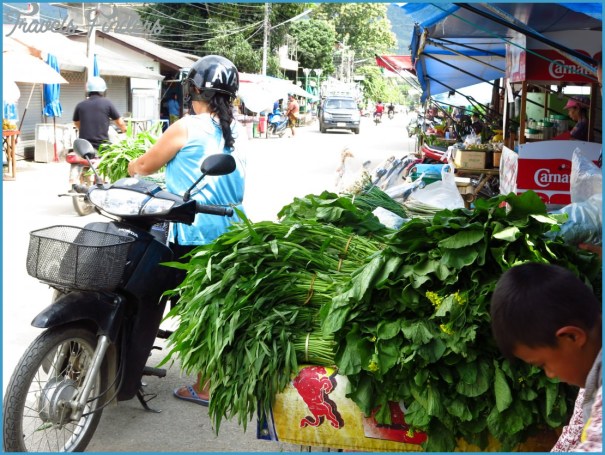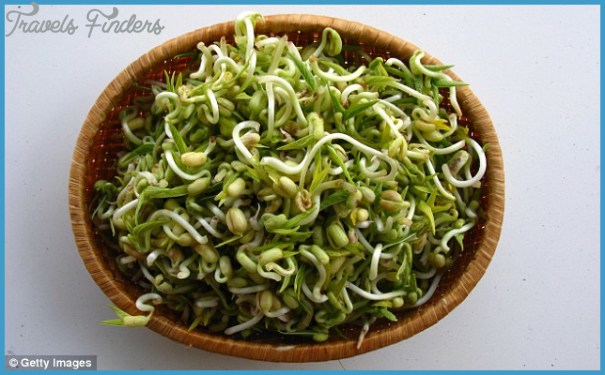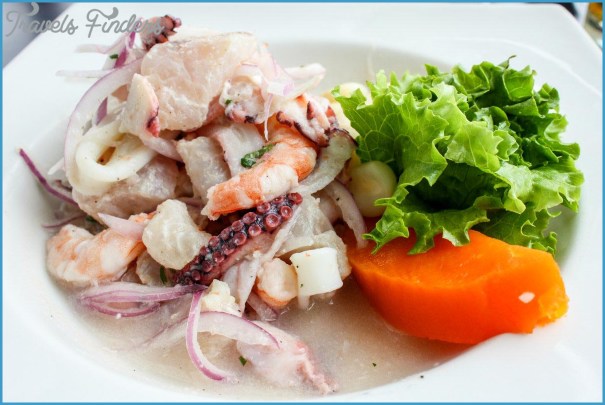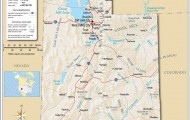Ordering and Food Poisoning for Travel
I’ve eaten some really odd street food, and through it all, have done quite well despite more than a month spent in various parts of Asia. This was in sharp contrast to the near constant, back-to-back food poisoning I was anticipating and expecting to mar the entirety of my trips. Overall, regardless of the destination, there might be a day or two with a mild stomach gurgle. But, pairing good practice with a strong probiotic has done wonders for ensuring any uproar is gone within an hour or two.
Finding food, even in remote areas, is almost always a simple experience as long as you relax, look around, and engage with the waiter. Throughout Asia almost every place I ate had some sort of English menu stashed away. These included small local places. As far as what I’d order it varied based on my gut feeling for the area, how meat and fish seemed to be prepared, and what sort of refrigeration I anticipated was available.
Everything I had heard from people led me to believe I’d be getting sick almost instantly and was guaranteed to spend the next five days miserable in some dingy, bug-infested, bathroom hell-hole straight out of one of the Saw movies. While food poisoning is obviously a very present risk, and you’re eating food you’re definitely not familiar with or used to, the general level of hygiene when it came to food handling and maintenance was normally quite decent. There are always exceptions. One comical one that stands out involved an incident at a Cambodian street-side stand where a cat walked by with a massive rat as I ate, and where I found two small insects floating in my soup. But by and large, the food was fresh, clean, and delicious.
Ordering and Food Poisoning for Travel Photo Gallery
Of course, it’s also important to protect yourself. On recent trips to Africa and Asia, I’ve started regularly taking daily probiotics, supplemented by a booster probiotic if something seems funky. But, the long and the short of it? Everything I’d been told and taught to expect about the food was misleading and overstated. The flavors, spices, and tastes that I found myself immersed in as I ate my way across Asia remain some of the most flavorful and memorable I’ve ever had.
This vastly different than expected experience left me reflecting on the common mistakes I watched tourist after tourist make. First, I suspect that most blame an upset stomach from the heavy drinking they’re doing on bad food. Second, most people are extremely poor at identifying bad seafood. This isn’t just an issue when traveling, as I’m always shocked by the seafood no-nos regularly on display in the U.S. and Europe. Simply by following traditional best practices for seafood, most travelers would easily reduce how often they get sick. My go-to steps are to check to see if the fish’s eyes are clear. If they’re cloudy, the fish is old. Shrimp and other seafood should not have a strong ammonia smell. If it does, it is old. Clams or oysters are usually best avoided, and should never be open before they’re cooked.
Third, I’m always surprised how people assume that western food, ordered in a place where most people aren’t eating it, is somehow assumed to be safe. It seems only obvious that the ‘safe hamburger or corn dog, is probably far more dangerous than the local meal of the day since it’s likely served at a far lower frequency, has to be ordered from further away, is more expensive for them to handle, and much more likely to spoil.









